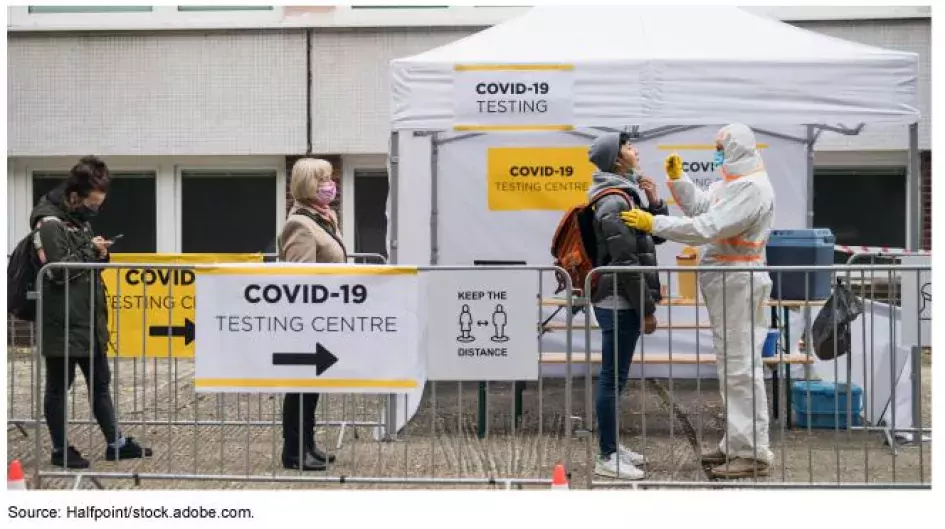Medicaid in Times of Crisis, and An Introduction to Our New Special Product—The Health Care Capsules
Did you know Medicaid can be used in times of crisis? From natural disasters to the pandemic, Medicaid has been used to protect groups of people and mitigate damages.
In today’s WatchBlog post, we look at how Medicaid is used during times of crisis, including COVID-19. The blog also highlights new work we are issuing for Congress, a special product line called Health Care Capsules. This first one looks at GAO’s work on Medicaid during times of crisis including Hurricane Katrina, the Great Recession, and today’s pandemic. According to Carolyn Yocom, GAO’s Director for Health Care, “The Health Care Capsule is designed to take multiple GAO products on current issues and package them into an easy-to-understand, visually compelling format for the Congress and the American people.”
What is Medicaid, and how is it used in a crisis?
Medicaid is the single largest source of health coverage in the United States. Medicaid is a federal-state health care financing program and serves more than 70 million Americans—including children, pregnant women, parents, seniors, and individuals with disabilities.
Most Medicaid beneficiaries have limited incomes and resources, so when a crisis hits, Medicaid recipients are particularly vulnerable. However, Medicaid can be used to increase funding to states and provide services to those affected. For instance, in response to the COVID-19 pandemic, federal legislation increased Medicaid funding and allowed states to cover testing for uninsured individuals. Our work found that, as of the end of 2020, COVID-19 related federal Medicaid expenditures totaled about $25 billion, or 7% of total federal spending that year.
Image

Medicaid can also be used during economic recessions, natural disasters, and other crises. For example, states have enrolled individuals into Medicaid who were evacuated from their residences due to natural disasters, like in the aftermath of Hurricane Katrina in 2005. In addition to being displaced, individuals impacted by natural disasters might lose out on paychecks or lose their jobs and need Medicaid assistance. During crises like these, the federal government has waived program restrictions to allow states more flexibility to better serve displaced individuals where they are—for example, by expanding telehealth services when in-person visits were not reasonable.
How can using Medicaid in times of crisis be improved?
More individuals may become reliant on assistance from Medicaid as the pandemic’s effects on public health and the economy continue and as climate-related natural disasters increase in number and scale. As a result, policymakers face a number of considerations when deciding how to use Medicaid in times of crisis. States may need a variety of tools within Medicaid to assist beneficiaries and cope with increased costs. Effective federal oversight may improve outcomes for beneficiaries and help manage risks of payment errors, which were over $85 billion in 2020.
We recommended that Congress consider automatic increases in federal Medicaid spending during recessions. This automatic, temporary change would increase Medicaid support in a timely and targeted fashion, which could help ensure beneficiaries get the support they need in times of crisis.
GAO Contacts
Related Products

GAO's mission is to provide Congress with fact-based, nonpartisan information that can help improve federal government performance and ensure accountability for the benefit of the American people. GAO launched its WatchBlog in January, 2014, as part of its continuing effort to reach its audiences—Congress and the American people—where they are currently looking for information.
The blog format allows GAO to provide a little more context about its work than it can offer on its other social media platforms. Posts will tie GAO work to current events and the news; show how GAO’s work is affecting agencies or legislation; highlight reports, testimonies, and issue areas where GAO does work; and provide information about GAO itself, among other things.
Please send any feedback on GAO's WatchBlog to blog@gao.gov.




